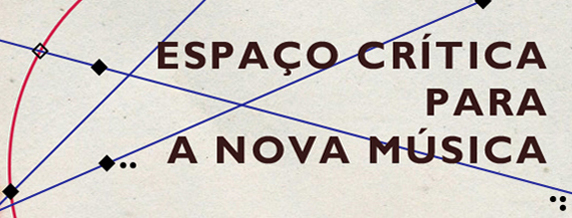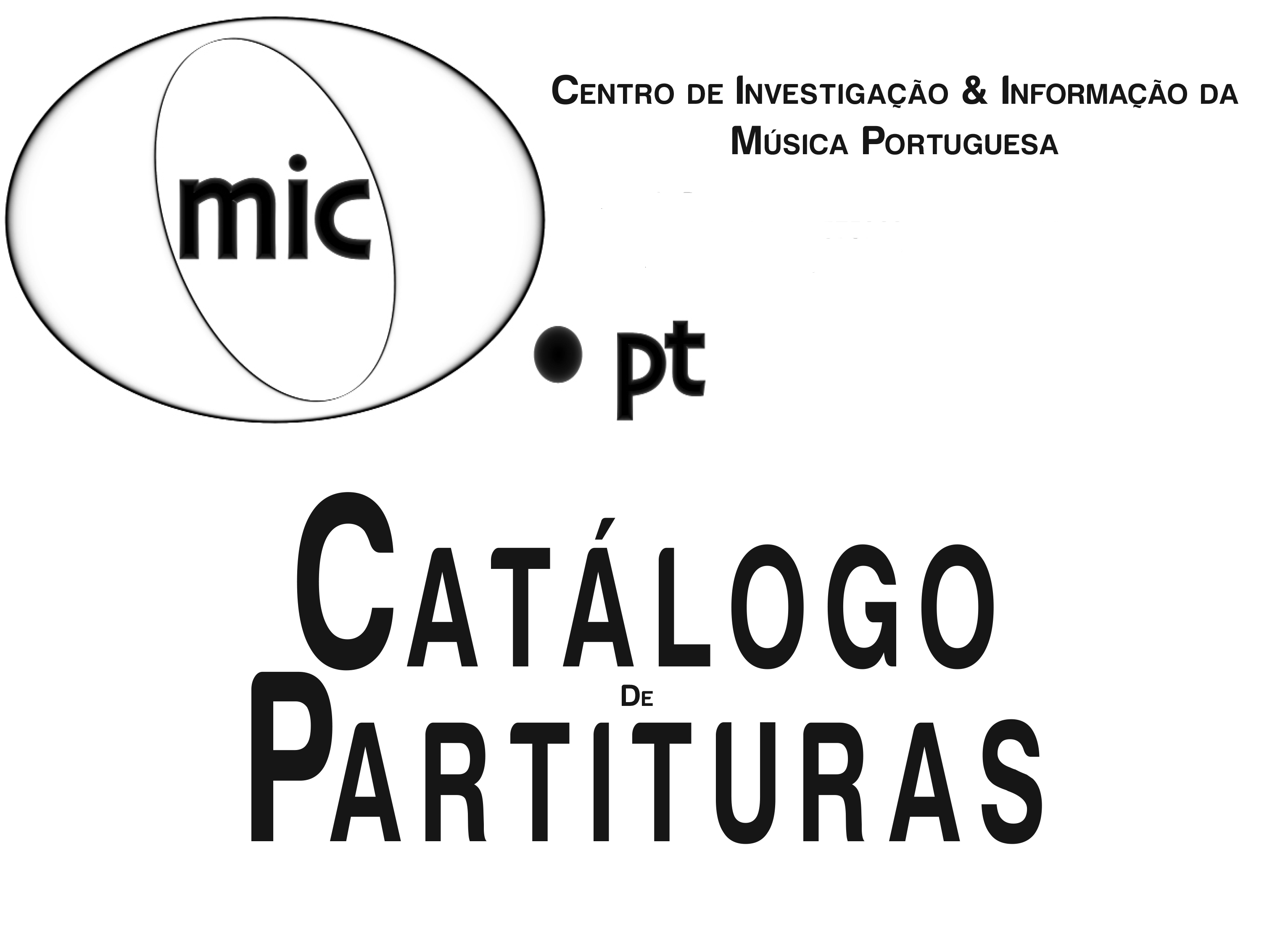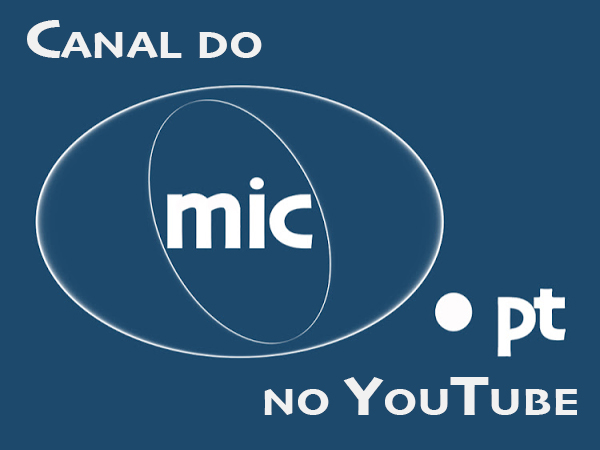Questionnaire/Interview
Part 1 . Roots & Education
How did music begin for you and where do you identify your music roots?
Sofia Sousa Rocha: My contact with music began indirectly. My family doesn’t have music roots, although my father enjoys music very much and since always he has been listening to many works by composers better known by the audience. I attended ballet lessons between the ages of four and seven, and I think that this was the impulse to start learning music. At the age of seven I began having particular piano lessons and at the age of 11 I entered the Calouste Gulbenkian Music Conservatory in Braga. Due to the lack of vacancies at the Piano Course I had to choose another instrument. So at this time I started studying Violin and in 2004 I finished the 4th grade.
Which paths led you to composition?
SSR: The first contact with composition is related with the curricular programme at the Conservatory. The subject, Introduction to Composition Techniques, at the eighth and ninth year, arouse my interest towards composition and it was decisive in the choice of the Complementary Composition Course at college. The course has been functioning since 2000 and I joined it in the following school year.
Which moments from your music education do you find, nowadays, the most important?
SSR: The knowledge acquired during primary and secondary school was fundamental for my education. From the start, I refer my practice as solo musician and in orchestra, the continuity of the piano lessons and the attendance to singing classes, simultaneously to the curricular programme at the Conservatory. All these moments constituted a very important technical base for my training as musician and for my education as composer. In this sense the Composition Course at college directed by Paulo Bastos, was a very important moment for me. The systematic contact with 20th century music, instrumental and electroacoustic, with the composition techniques and the aesthetic diversity, provided me with a very complete and structured training, and I consider it decisive in my path.
Posteriorly, already at the Superior School of Music in Lisbon, I had the opportunity to work with professors who turned out to be very important for my education, either when it comes to the technique or aesthetics. Their influence on my way of composing nowadays is quite considerable.
Part 2 . Influences & Aesthetics
Which references from the past and the present do you undertake in your music practice?
SSR: The references are multiple and it is difficult for me to assume which one of them influences my music in a direct way. I think that, in a certain way, the works and composers that come to my mind without any effort, contributed to the formation of my language, particularly when it comes to my initial contact with composition. Here I can refer the first 20th century works that I heard, the Folk Songs, Sequenza for voice by Luciano Berio, Musica Ricercata by György Ligeti, Jatékók by György Kurtág, The Rite of Spring by Igor Stravinsky, not to mention the fascination that I have for Bach’s or Beethoven’s music. I also remember being captivated by the work Phrygian Gates by John Adams. From the other phases of my path I recall the impact of Debussy’s and Ravel’s music, of the Four Last Songs by Richard Strauss, and of other works by Kurtág and Ligeti.
Are there any sources outside music that influence your work in a significant way?
SSR: I don’t believe that there are any. The only source outside music that I identify as more closely connected to my compositional practice is the use of poetry in the context of some works.
In the context of western music, do you feel close to any kind of school or aesthetics from the past or the present?
SSR: As I’ve already mentioned, in the case of the references from the present and the past, the aesthetic affiliation of my language is also difficult to objectify. It is evident that I am successor of a music tradition, but the influences aren’t direct and I am not able to include myself in any particular aesthetic tendency.
Part 3 . Music Language & Practice
Please characterize your music language from the perspective of the techniques/aesthetics developed in music creation in the 20th and 21st centuries, on the one hand, and on the other, bearing in mind your personal experience and your path from the beginning until now.
SSR: The plurality of aesthetics is a trait characterizing our time. I probably have affinities with diverse languages from the 20th and 21st centuries, yet their temporal proximity makes this retrospective exercise, of situating me in context within a particular aesthetics, quite difficult. Nevertheless, it is evident that there are determined features bringing me closer to some of the languages of our time – the almost consonant and stable harmony, the durations of a harmonic field, the few progressions and formal ruptures, the infrequent use of figures and gestures which, when they happen, integrate the texture or enhance the melodic line. These particular features constitute part of a technique acquired throughout the last years. I had the opportunity to reflect on it, with the support of the experience of professor António Pinho Vargas, with whom I worked in the framework of my Master’s Degree in Music at the Superior School of Music in Lisbon.
Is there any music genre/style for which you have preference?
SSR: There is actually no genre or music style for which I have preference, although I present a certain tendency towards composing for voice, either integrated in the choir, or included as soloist in other groups. I enjoy very much writing for orchestra and large ensembles, although I haven’t done it frequently in the recent years.
When it comes to your creative practice, do you develop your music from an embryo-idea or after having elaborated a global form? In other words, do you proceed from micro to macro form or is it the other way round? How does this process occur?
SSR: In my case, the act of writing a piece implies some reflection. Frequently, I idealize the work, still without having a precise notion of how it can be composed. Afterwards, I begin to make choices when it comes to the initial gesture, in search for a match with the piece’s general idea. In some way, the composition of this gesture corresponds to a moment of formalization, at the same time conditioning the development and the result. The composition process of the work is dynamic and, although I have a tendency to think that I begin with an embryo-idea for the music that I write, I know that this gesture is a consequence of a reflection that starts with a question: what do I want to hear?
How in your music practice do you determine the relation between the “reasoning”, “creative impulses” or “inspiration”?
SSR: The relation between these two vectors has been object of a permanent reflection throughout my path. Looking backwards, I think that the technique, which I developed, has a solid and structured base. I believe that the choice of the initial gesture of the work is tendentiously intuitive, although I never cease to believe that this idea is also something ingenuous. All the choices can be determined by intuition, although they are guided by more structured criteria at the level of reasoning. Above all, the primary criterion is the choice of the compositional material through listening, and this corresponds mainly to the criteria of personal taste. What follows, is the exploration of diverse techniques of developing this embryo-idea.
Which works do you consider turning points in your path?
SSR: Rather that mentioning important works, and taking into consideration that my activity as composer is still relatively short in order to have turning points, I should refer that one of the most important moments in my path were the two Master’s Degree years, supervised, as I have already referred, by António Pinho Vargas. This Artistic Project subordinated to the theme, Reflections on the Creative Process, was developed in the framework of the creation of a piece for piano (Em torno, 2011), and it conducted to a more profound reflection on my way of writing, assuming an almost diagnostic character. On the one hand, it was possible to list a set of acquired techniques and, on the other, it was beneficial to detail the aspects that I considered as requiring alteration. At that time, I developed a set of strategies that I used in a more systematic way throughout the process of creation of the new piece, taking note of the ideas and reflections that arose during the months of work involved in this project. At the time to make a balance of the realized work, and once four years have passed since that moment, I can say that, more than a turning point in my path, this reflection let me develop a set of working tools, which I used in posterior pieces, settling my music language in a more sustainable way.
Part 4 . Portuguese Music
Please try to evaluate the present situation of Portuguese music.
SSR: There is certainly a lot to say about the situation of music in Portugal, about the positive and negative aspects of what is happening here: there are institutions supporting Portuguese music culture and institutions for training musicians at all the levels of education with plausible quality; yet there are also structural problems, sustained by the absence of ideas and strategies by whom is governing us; and hardly shall they have any solution in the following years.
I think that there is no one more elucidated in dealing with this subject than professor António Pinho Vargas. In his book Música e Poder (Music and Power) he portrays the situation of Portuguese music and, even though the object of study is related with its absence in the European context, we can’t ignore that the portrait he traces is very articulate and rigorous. For me, and I think that also for my generation, it is a must-read book, in the extent that it provides us with a more sustained and systematic idea of our reality.
In your opinion is it possible to identify any transversal aspect in the Portuguese music of the present?
SSR: I think that the main feature that I can identify is the plurality of languages, but I don’t think that it is an exclusive aspect of Portuguese music.
How can you define the women composer’s role nowadays?
SSR: Presently, it doesn’t seem to me that there are asymmetries of opportunities between the genders. As a matter of fact, in the last 20 years composition in Portugal had a strong impulse and the opportunities that arose, aren’t directed to any specific gender. I even think that, in a certain way, some women composers may benefit from the distinction between the genders. I recall particularly the work developed by the Adkins Chiti Foundation Women in Music. In some cases, one seeks for women composers in order to complete a determined programme, and to have a major representation when it comes to both genders. Generally, the work opportunities depend on other factors. In terms of aesthetics, I think that the works by women composers don’t present special features, inherent to the gender. In other words, it doesn’t seem to me that there is a feminine way of composing.
Part 5 . Present & Future
What are your current and future projects?
SSR: After having composed the work Fala do velho do Restelo ao astronauta in the summer of 2014, the Sond’Ar-te Electric Ensemble will give its premiere performance in December. This work was an important challenge for two main reasons: I have never written a work for narrator and for some years now I haven’t composed works with electronics, and this time it interacts with the ensemble and the narrator. The rehearsal phase will be of great importance for me – it will be a moment of learning where I will be able to test the efficiency of music that I wrote. Working with experienced musicians will certainly be very rewarding.
Could you highlight one of your more recent projects, presenting the context of its creation and also the particularities of the language and techniques used?
SSR: One of the projects that I developed in the most recent past was the composition of a work for 4-hand piano for the Kla-Vier Duo. Por um dia igual was composed in response to the commission of the pianists, Patrícia Ventura and Sónia Amaral, who are dedicated to the dissemination of works from the 20th and 21st centuries, particularly by Portuguese composers. Since their activity is more concentrated in the North of the country, it was with great pleasure that I attended the work’s performance in Braga, the city where I was born and where I haven’t premiered works since the time at the Conservatoire. This work was also the first one of mine to be presented in Porto. After performing Por um dia igual in concert the Kla-Vier Duo decided to make a video of the performance, which is actually a great honour for me.
Sofia Sousa Rocha, December 2015
© MIC.PT





